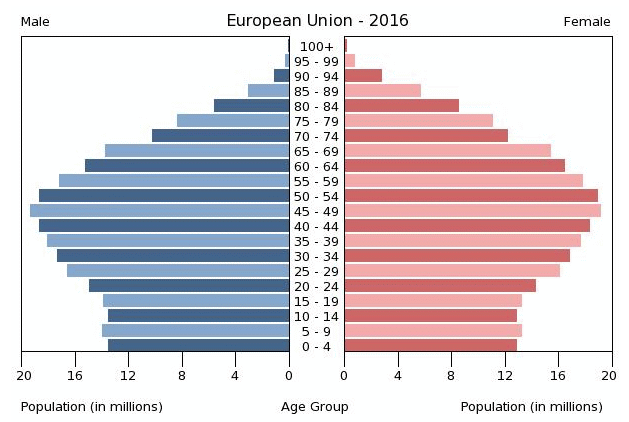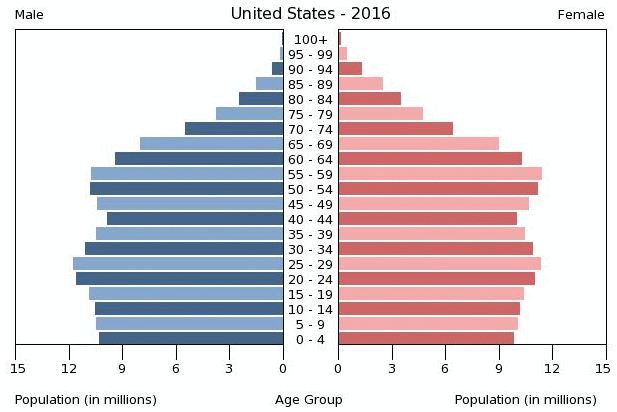Starting to read the February Antimicrobial Resistance Benchmark (https://accesstomedicinefoundation.org/publications/2019-methodology-for-the-2020-antimicrobial-resistance-benchmark) the following citation directly hits me:
“In recent decades, AMR has become widespread, irrespective of national income levels. In Europe, drug-resistant bacteria are responsible for more than 670,000 infections and 33,000 deaths annually, costing EUR 1 billion in annual healthcare expenditure. Each year in the US, at least 2 million people get an antibacterial-resistant infection leading to at least 23,000 deaths. This costs over USD 20 billion in direct health care costs and as much as USD 35 billion in lost productivity.”
We could conclude that the number of infections with resistant pathogens in Europe is much lower, while the risk to die of it is much higher, compared to the USA. However, different healthcare systems, patient definitions and calculation models make it difficult to compare two different studies. Real world facts are never black and white. So, does such a conclusion hold?
Let’s look at who is at risk. The European study shows that disease risk is regional and demographic. Regions such as Italy, Greece, Romania and Portugal have a lot of work to do to reduce the infectious disease burden. Striking as well is that risk is related to age. Newborns are at risk, and after that, the risk steeply increases from an age of 50 and onward.
Age demographics in America look solid: age groups are evenly spread, meaning that there is a large proportion of younger generations. Whatever burden a society needs to bear, a steady flow of new generations surely helps to deal with it. The age demographics of the EU, on the other hand, looks terrifying. It looks like an obese person ready to collapse under its own weight. The largest age group is around 50 years old, floating into the net that resistant pathogens spun for them (ironically with support of humankind that created these pathogens).


So, in my view, the increased risk to die of resistant pathogens in Europe has to be taken seriously. Age demographics provide an important incentive why Europe must make increased efforts to combat antibiotic resistance.
Check out more demographic graphs on https://www.indexmundi.com/ and ask yourself how else demographics impact your society.

